The A to Z of Plants and Greenery
A for Angsana
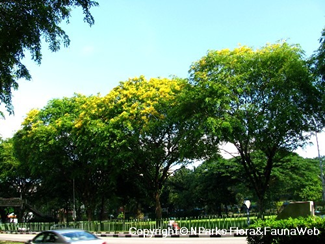
A row of Angsana Trees along Bukit Timah Road (left). Photo credit: Keneric Ng Wei Sheng; The disc-like fruits of the Angsana (right). Photo credit: Tee Swee Ping
The Angsana (Pterocarpus indicus), a popular shade tree in Singapore, is a large deciduous tree which can grow up to 40 m in height. Its crown is dense and dome-shaped, and its yellow flowers occur in large bunches. Its fruits are flattened, disc-like pods with papery wings measuring around 5 cm in diameter.
Take a walk down famous Orchard Road which is lined by huge Angsana trees that give much-welcomed shade for pedestrians and shoppers.
B for Bracts
The Bougainvillea 'Aiskrim' has tiny cream-coloured flowers, surrounded by pale pink bracts. Photo credit: Jessica Teo
A bract is a modified leaf which is often positioned just beneath a flower or cluster of flowers. Bracts are often more showy than the flowers themselves, such as in the many varieties of Poinsettia (Euphorbia pulcherrima) and Bougainvillea (Bougainvillea spp.). Aside from attracting pollinators, bracts also protect flowers from pests and harsh weather.
Learn more about the Bougainvillea in the article, Bougainvillea: Colouring Our Streets
C for Cycads
Dioon spinulosum. Photo credit: Jane Li
Cycads are among the oldest and most primitive of the living seed plants. An ancient group which thrived during the Jurassic Period, also referred to as the Age of Cycads, these plants feature a crown of large compound leaves and a stout trunk. Today, cycads are much fewer in number and many species face possible extinction in the wild. Thankfully, some species have found a place in gardens around the world, favoured for their large, attractive leaves.
Keen to see these ancient plants up close? Visit the Evolution Garden at the Singapore Botanic Gardens, where you can view cycads and other wonders, including petrified trees, ammonite fossils and other interesting plants such as mosses, liverworts and ferns.
D for Drip tips
Leaves of the Pong Pong. Photo credit: JWH Yong
Drip tips are elongated leaf tips which enable rainwater caught on leaf surfaces to run off quickly. Numerous plant species have leaves with drip tips, including the Pong Pong (Cerbera odollam) and Bodhi Tree (Ficus religiosa), though some are more pronounced than others.
They are a common feature especially on tropical rainforest species, which need to shed water to avoid growth of fungus and bacteria in the warm, wet environment they live in.
E for Epiphytes
The Bird’s Nest Fern is a common epiphyte found on many of our trees in Singapore. Photo credit: Jennie Tang Yurue
Epiphytes such as ferns and orchids are plants which rely on other plants for mechanical support. They derive moisture from the air and rain, and nutrients from decomposing plant material such as leaf litter.
A commonly seen epiphyte is the Bird’s Nest Fern (Asplenium nidus), which grows on the branches of large trees. Other examples include species of Dischidia and Hoya, which can be planted in attractive containers and presented as personalised gifts. They may also be suitable for use on green walls, forming vertical greening systems.
F for Figs
You may be familiar with Fort Canning Park as a venue for concerts, theatre productions and festivals, but did you know that it also boasts interesting biodiversity, being home to more than 10 species of Fig trees?
At your next visit, keep a look out for the Broad-leafed Fig or Elephant Ear Fig Tree (Ficus auriculata), which has rounded leaves and young shoots of an intense mahogany colour, and the Burmese Banyan (Ficus kurzii), which has been endorsed as one of the many Heritage Trees in Singapore.
G for Gardeners’ Day Out
Are you looking to purchase new plants to spruce up your home garden? Or perhaps you are having some trouble with gardening and seek help on plant care? Look no further than Gardeners’ Day Out! Happening every third Saturday of the month at HortPark, expect fantastic offers on plants and gardening accessories and free advice by trained plant consultants at our Hort Clinic.
Gardeners’ Day Out also promises a series of creative and engaging activities suitable for families and the young ones, including free garden tours of HortPark and visits to various themed gardens. Check NParks’ webpage here for event updates.
H for Heritage Trees
The Heritage Tree Scheme, managed by NParks, advocates the conservation of Singapore’s mature trees which have important botanical, social, historical, cultural and/or aesthetic value. To date, there are 261 Heritage Trees in our Heritage Tree Register.
Possibly the most famous and photographed tree in Singapore is the 170-year-old Tembusu that is depicted on the back of Singapore’s $5 note. It has an iconic 25 m long limb, which is now being supported by a Dynamic Support System. A fence has also been installed around the tree to protect its root zone from the trampling feet of visitors eager for a photograph with this famous tree!
I for Ipomoea
Ipomoea alba is also known as the Moonflower because its pure white, sweetly fragrant blossoms open after sunset and last throughout the night, fading the next morning with the new sunrise. Photo credit: Vicky Lim Yen Ngoh
Species found in the genus Ipomoea may be among the best known flowering plants in gardens all over the world. Common species you may spot in Singapore include the dazzling red Ipomoea quamoclit and the coloured flowers of Ipomoea lobata.
But there are actually over 600 other species in this genus worldwide, consisting of mostly warm-climate trees, shrubs and twining and trailing herbaceous plants. In fact, the sweet potato (Ipomoea batatas) falls under this genus too!
J for the Jelly Fig
Ficus pumila var. awkeotsang. Photo credit: Pauline Tay
You may have seen this plant covering overhead bridges in Singapore (Ficus pumila var. pumila), but did you know that a variety of this plant is actually the source of the popular Taiwanese dessert, Aiyu or Ice Jelly?
The Jelly Fig (Ficus pumila var. awkeotsang), which is native to Taiwan, has seeds which, when mixed with mineral water and rubbed together, releases a gel which solidifies the mixture into a jelly. This jelly is then often served as a dessert with sweetened lime or lemon juice, fruit and shaved ice. It can be added to cold drinks too. But the jelly reverts to its liquid form after one to two days, so you will have to eat it quickly!
K for Kitchen Garden
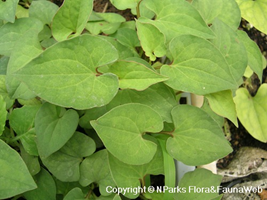
Fishwort Plant (left) and Sugar Leaf Plant (right).
You have seen these fruits and vegetables on your dinner plate, but have you ever wondered how they are grown? At the Kitchen Garden at Pasir Ris Park, you can get up close and personal with many plants we commonly use in cooking or for medicinal purposes.
Excite your senses as you touch and smell plants such as Spearmint (Mentha spicata) and Lemon Grass (Cymbopogon citratus). You may also see interesting plant species such as the Fishwort Plant (Houttuynia cordata) and Sugar Leaf Plant (Stevia rebaudiana). For more information and tips for your visit, check out our DIY Trail Guide here.
L for Lianas
Lianas are long-stemmed, woody vines found mainly in tropical forests. They are such a conspicuous component of tropical forest ecosystems that they constitute one of the most important structural differences between tropical and temperate forests. While lianas are rooted in the soil, they may climb as high as a tree canopy to reach the sunlight.
M for Monoecious (vs Dioecious) plants
Indian Redwood
A ‘typical’ flower has both male and female parts (the stamen and pistil, respectively). However, some plants produce what are known as ‘imperfect’ flowers instead, with only female or only male parts.
The terms monoecious and dioecious apply to plants with imperfect flowers. In monoecious plants, the separate male and female flowers are both borne on the same individual. Plants that exhibit these characteristics include the Indian Redwood (Chukrasia tabularis) and Sandbox Tree (Hura crepitans). In dioecious plants, individuals produce only male flowers, or only female flowers.
Enjoyed learning about these interesting botany-related fun facts? Look out for the next article in this series in the next issue of My Green Space!
To learn more about these interesting plants and greenery, check out our many Gardening Resources on our website here.
Also check out our one-stop information portal, NParks Flora&FaunaWeb, to find out more about the many plants that grow in Singapore.
Text by Elizabeth Kamaldin


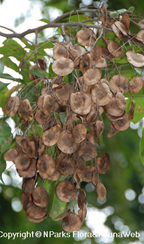
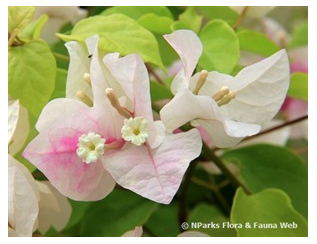
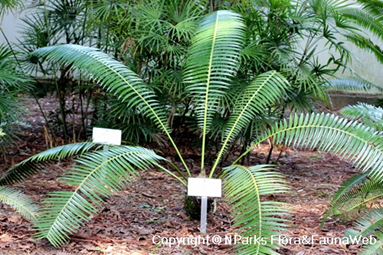
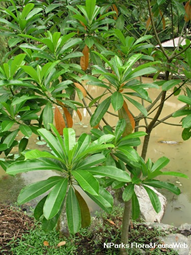
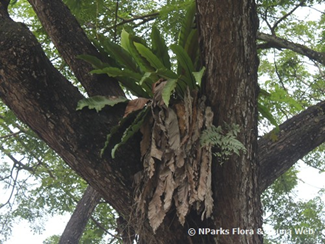
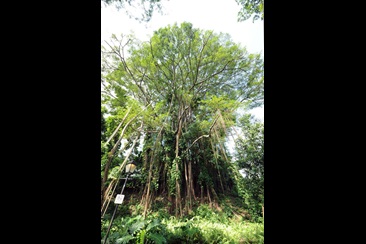
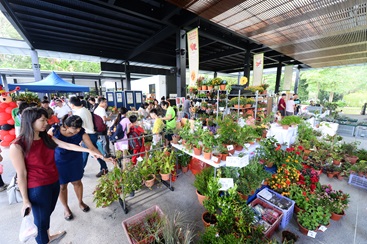
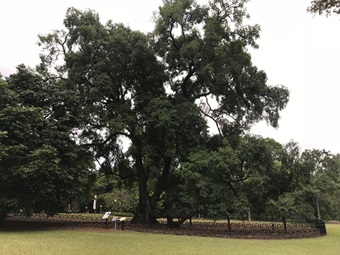
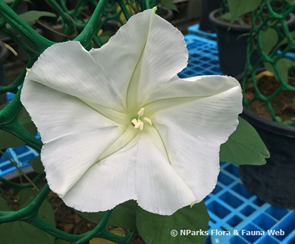
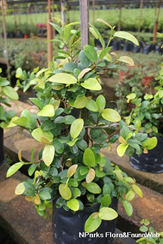
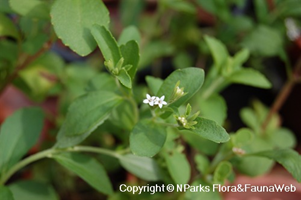
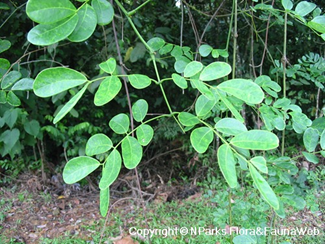
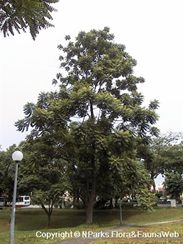
Have views or comments on this article? Let us know via this form. If you would like to give us feedback on any other areas relating to our parks and gardens, please submit via https://www.nparks.gov.sg/feedback